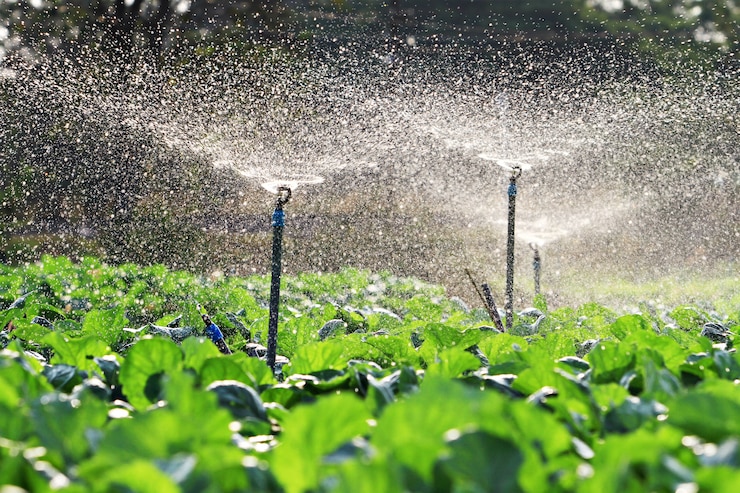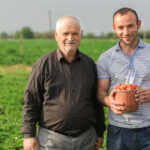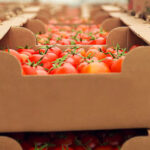Water scarcity is a significant challenge in South Africa, and implementing efficient irrigation methods is crucial to optimize water use in agriculture. Here are some different irrigation methods that can be explored for efficient water use:
- Drip Irrigation: Drip irrigation involves delivering water directly to the plant’s root zone through a network of tubes or pipes with emitters. This method reduces water loss through evaporation and minimizes runoff. Drip irrigation is highly efficient and can save up to 50% of water compared to traditional methods.
- Micro-Sprinklers: Micro-sprinklers are low-pressure sprinklers that deliver water in a fine mist or spray close to the ground. They are effective for small-scale farming and orchards where precise water application is required. Micro-sprinklers can reduce water consumption by 30-40% compared to traditional sprinklers.
- Precision Sprinklers: Precision sprinkler systems use advanced technology to deliver water more accurately to the target area, minimizing water wastage. These systems can be designed to match the specific needs of crops, soil types, and weather conditions. Weather-based controllers can adjust irrigation schedules based on real-time weather data, further optimizing water use.
- Furrow Irrigation: Furrow irrigation involves creating small channels or furrows along the crop rows and filling them with water. This method is suitable for row crops but can lead to high water loss due to evaporation and runoff. However, by incorporating water-efficient practices such as alternate furrow irrigation or surge irrigation, water use efficiency can be improved.
- Subsurface Irrigation: Subsurface irrigation delivers water directly to the root zone below the soil surface through buried pipes or tubes. This method reduces evaporation losses and minimizes contact between water and plant foliage, reducing disease risks. Subsurface irrigation can improve water efficiency, especially in sandy soils with low water-holding capacity.
- Rainwater Harvesting: Rainwater harvesting involves collecting and storing rainwater runoff for irrigation purposes. This method reduces dependence on traditional water sources and can be especially useful during the rainy season. Rainwater can be collected from rooftops or stored in reservoirs for later use in irrigation.
- Mulching: While not a specific irrigation method, mulching is a practice that helps conserve soil moisture and reduce water loss through evaporation. By applying a layer of organic or synthetic mulch around the plants, the soil remains cooler and retains moisture for longer periods. Mulching also helps control weed growth, which competes with crops for water.
It is important to consider factors such as crop type, soil conditions, climate, and available resources when selecting an irrigation method. A combination of these methods, along with proper water management practices like monitoring soil moisture levels and scheduling irrigation based on crop needs, can significantly improve water use efficiency in South African agriculture.







